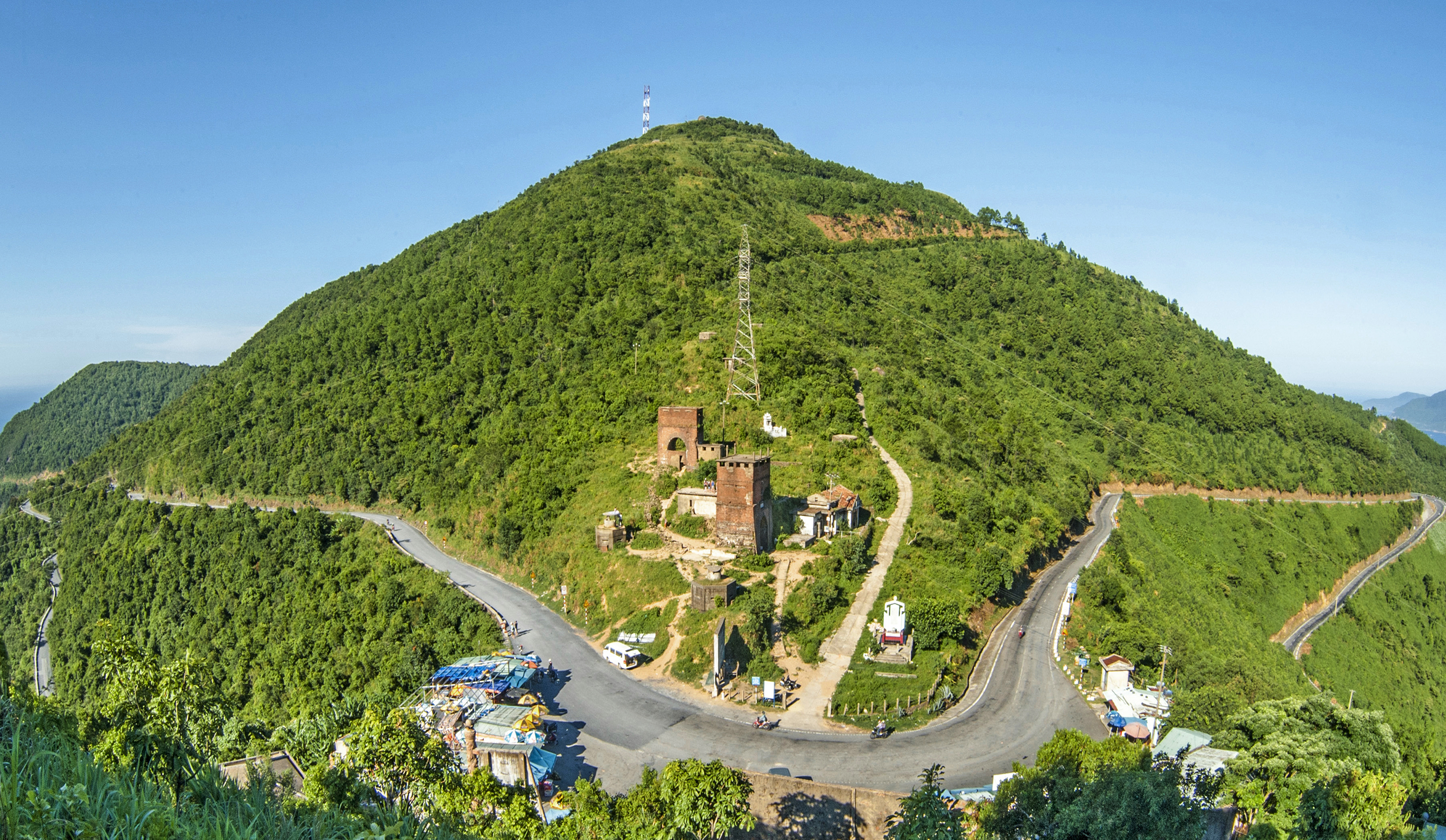HUE CITADEL







Pick up from your hotel
*Hai Van pass
*Lang Co Beach, Lap An Lagoon
*Hue Citadel
*Lunch
*Thien Mu Pagoda
*The tombs of Emperors
*Dong Ba market
*Return to hotel
Duration: 10 + hours
The Imperial City of Hue has long been a must-see attraction for tourists visiting the hidden charm of Vietnam. The ancient city of Hue was the capital of the Nguyen Dynasty for 143 years from 1802 until 1945. The city was the political, cultural and religious center of Vietnam. It is best-known for its historic values. In 1993, Hue was recognized as one of the World Heritage Sites by UNESCO.
On our way to Hue we stop in mountain pass of Hai Van known as ‘’THE MOST IMPOSING GATE IN THE WORLD ‘’
The Hải Vân Pass (“ocean cloud pass”), is an approximately 21 km long mountain pass on National Route 1A . It makes the border between Da Nang and Thua Thien Hue Province. Historically, the pass was a physical division between the kingdoms of Champa and Đại Việt. It also forms a divide between the climates of northern and southern Vietnam. During the ‘American War’ the Hai Van Pass was known as the ‘Street Without Joy’. Top Gear presenters called it “a deserted ribbon of perfection, one of the best coast roads in the world’’.
The pass is renowned for its scenic beauty. At the top, we will stop to see old war battlements and bunkers and learn about the fascinating history and strategic importance of the pass, and then continue on to the Lang Co Beach, Lap An Lagoon.
On arrival in Hue, we start visiting the Hue Citadel. It is located north of Perfume River with an area of 520 ha, 10.000 m in circumference. Here was the administrative and political center of Nguyen Dynasty and royal living place of emperors and lords as well. Although the two wars in 1947 and in 1968 ravaged cultural monuments in the Citadel, restoration activities are actively undergoing today.
Our next visit is to Thien Mu Pagoda. Thien Mu Pagoda was built in 1601 during the Nguyen Lords Dynasty overlooking the Perfume River. It is one of the oldest and most fascinating religious sites in Vietnam
Phuoc Duyen Tower (formerly Tu Nhan Tower) was built in 1844 by King Thieu Tri. It has a great 2-ton bell called Dai Hong Chung and Dai Hung Shrine. The complex houses a national relic: the car which carried the monk Thich Quang Duc to the intersection of Phan Dinh Phung and Le Van Duyet streets in Saigon on June 11th 1963, where he burned himself to death in opposition to the anti-religion policy of Saigon’s regime at that time.
Coming to this prestigious sight, you can enjoy both the scenic landscape and the typical traditional architecture of Hue pagodas. Thanks to its high position upward a charming curve of Perfume River, the pagoda offers a mind-boggling view of both the flow and the surrounding areas. Covered with pine trees, bonsai and a delicate manmade pond, this religious site brings about a peaceful feeling which is hard to find anywhere else.
Nguyen dynasty (1802-1945) had 13 kings. However, due to complex and different historical reasons, Hue has only seven Royal Tombs at present. Of these seven tombs, three are significantly more popular compared to the rest. These are the tombs of Minh Mang, Tu Duc and Khai Dinh
We continue to visit the tomb of Emperor Minh Mang or Tu Duc, in a tranquil setting of garden and lakes, and the tomb of Khai Dinh, a blend of Western and Eastern architecture. These tombs reflect the dynasty’s difference in mindset, lifestyle and art.
Returning to Hue city we visit Dong Ba market, an amazing place where you can buy special cultural gifts and souvenirs. You can get most of Hue’s delicious dishes there as well.
Back to hotel in Da Nang or Hoi An by Hai Van Tunnel which is the longest tunnel in Southeast Asia at 6.28 km, opened in 2005. End of the tour
